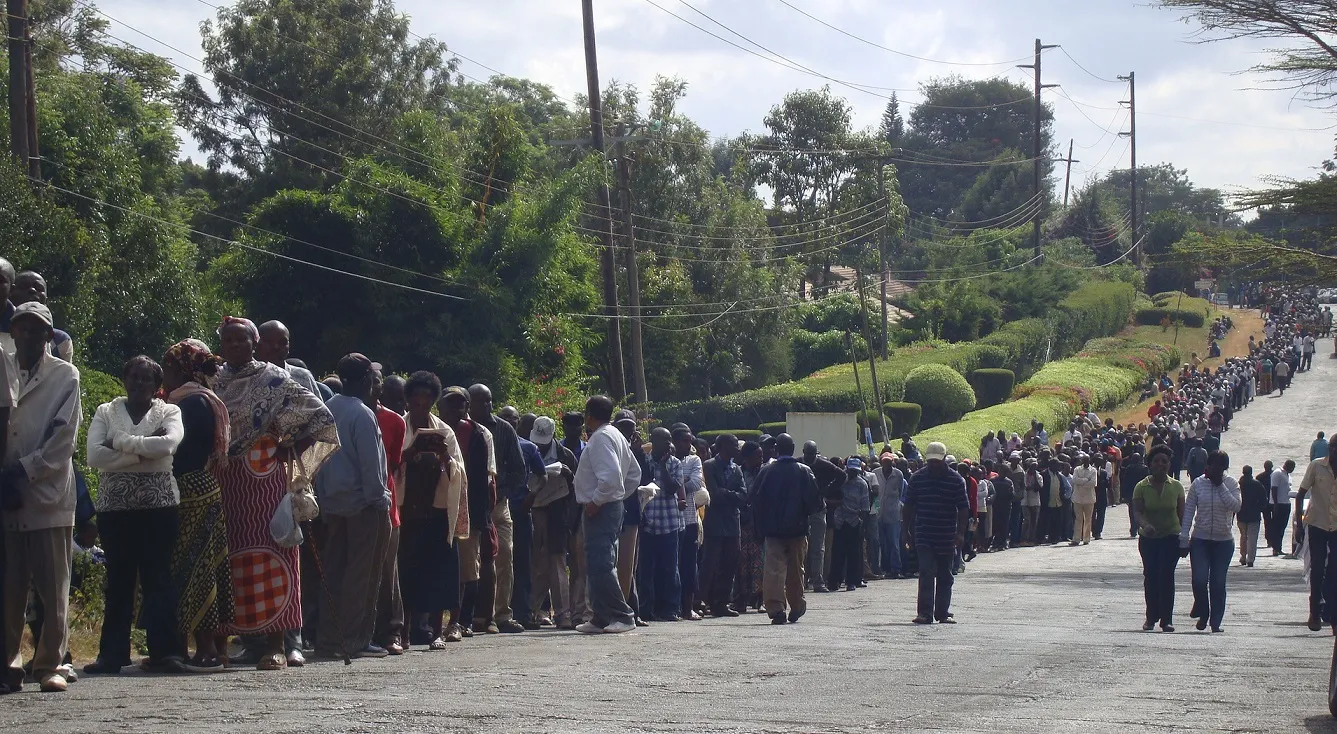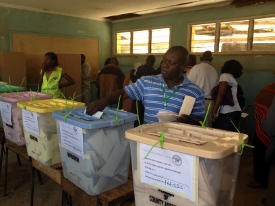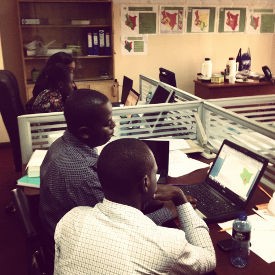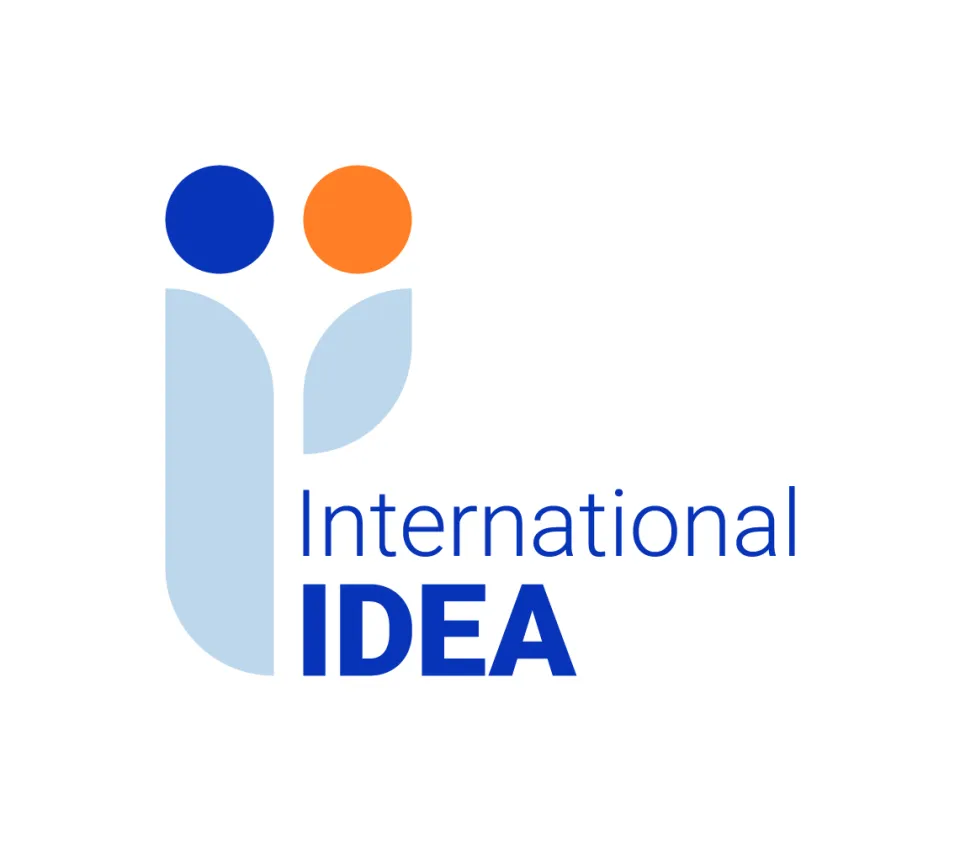The Independent Electoral Boundaries Commission tests International IDEA's ERM Tool for Kenya’s election

International IDEA has been cooperating with the IEBC on the ERM Tool pilot project since November 2011. The project is funded by the Swedish Government. The Tool will be launched as a global public good in late 2013.
Conducting a free and fair election is one of the most challenging endeavours for a democratic country. This is even more so when there has been substantial political reform, as in Kenya’s case after the contested election in 2007.
On 4 March 2013, Kenya voted for the president and legislature in what many have described as an historic day. Despite the logistical and technical issues experienced by the IEBC, counting of votes has commenced and is being observed by political parties and domestic and international observation monitors. The voting process has been peaceful, but isolated incidents of election related violence have been reported in Mandera, Nakuru, Kakamega Nyandarua, Kilifi, Garissa, Nyeri, Bungoma, Nairobi and in particular Mombasa. Hopefully peace will also prevail once the final tally of results is completed in what will most likely be a very tight race between the two main political presidential contenders: CORD’s Odinga and Jubilee’s Kenyatta.

The IEBC has experienced issues with its system for transmitting and releasing votes when all of its screens showing the provisional results froze for several hours. When this happened, the IEBC kept the main political party representatives continuously in the loop about the technical problems which relieved some of the tension. In the end, it was decided that the IEBC would release official results the next day using the manual forms submitted by the constituency returning officers.
The large number of spoiled votes (estimated at 5–7 per cent based on the provisional results) is also being examined. The fact that more than 300,000 votes were spoiled is a problem in itself, but the IEBC’s decision to factor in these votes when determining if a presidential candidate had met the requisite number of half the votes cast prompted a protest from the Jubilee coalition. Reports in the media suggest that Jubilee will potentially challenge the IEBC on this in court if a presidential run-off, becomes necessary.

Considering the many challenges that Electoral Management Bodies (EMBs) encounter on a daily basis throughout the electoral cycle, and especially between Election Day and the announcement of results, it is critical that an EMB is able to make informed decisions based on credible analysis. This is equally true for making decisions aimed at preventing or mitigating election related violence. Conflict early warning systems are meant to provide critical information to the right people at the right time – in order to promote action. The International IDEA Electoral Risk Management Tool (ERMT) assists with identifying risk factors that have the potential to trigger election-related violence throughout the electoral cycle. The tool allows the user to generate trend charts and electoral risk maps, and point to incidents by using cumulative and static markers, so that appropriate action can be taken to prevent election-related violence.
The IEBC is using the ERM Tool at the National Election Centre during this election. Risk maps focusing on election-related incidents and early warning alerts have been generated and shared with decision makers within the IEBC and others. In this respect, the IEBC is currently working together with the Uwiano platform for Peace, a consortium of state and non-state organizations engaged in peace-building and conflict resolution during the election period. The Uwiano, through its extensive network of grass roots monitors, is able to share real time conflict and electoral data with the IEBC and other partners.
In the days to come we will likely see new challenges at IEBC national election centre. But if disputes and differences of opinion can be handled by a constructive means, then hopefully violence can be avoided altogether and Kenya can start realizing its 2030 vision of economic, social and political prosperity once more.




